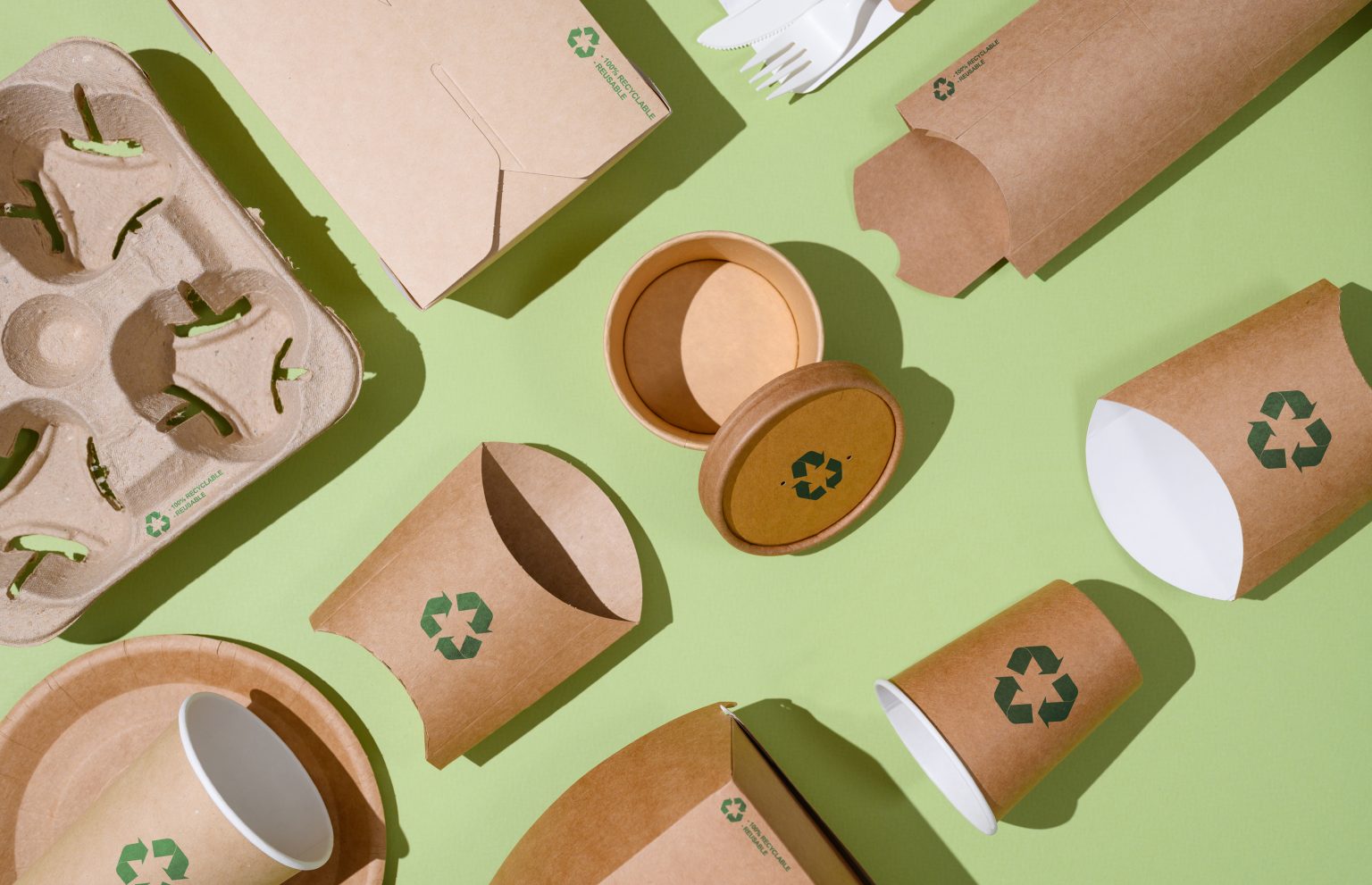By Erwin Busselot, Director Business Innovation & Solutions, Ricoh Graphic Communications, Ricoh Europe
What do Unilever, Heineken and Nestle all have in common?
The international brands are among the leading household names moving away from the use of plastic packaging in favour of paper based alternatives.
Unilever’s pledge to become the first major consumer goods company to commit to reducing plastic across its portfolio has led to numerous developments including recyclable paper based ice cream tubs and Pot Noodle containers.
Heineken UK created Green Grip, a plastic free and recyclable cardboard topper for multipacks aimed at eliminating all consumer facing secondary plastic from packaged beers and ciders.
Nestle switched all the packaging globally for its Smarties range to recyclable paper as part of its commitment to making 100% of its packaging recyclable or reusable by 2025. KitKat is now trialing the approach.
Also piloting paper is Absolut. The vodka brand will be sold in bottles made from 57% paper in 22 British Tesco stores throughout the summer. The move follows trials of the bottle at festivals in Great Britain and Sweden.
Also embracing the powerful combination of performance and recyclability that paper delivers are subscription boxes.
Lockdown caused the subscription box concept to accelerate. The Royal Mail’s UK Subscription Box Market report expects growth to continue to £1.8 billion by 2025.
According to Barclaycard research 81% of British households were signed up to at least one box in 2021, up from 65% in 2020. It went onto report that retailers are continuing to provide a greater range of bespoke and customisable offerings with the more novel subscriptions including deliveries of cheese (eight per cent), musical instruments (eight per cent) and underwear (seven per cent).
Food boxes lead the sector – Hello Fresh has now shipped more than a billion meals and seen revenue for 2022 reach an all-time high of €7.6 billion compared to €6.0 billion in 2021. They were also by far the most popular subscription box option in the Netherlands in 2021 with nearly 60 per cent of the total revenue accounted for by meal kits. Other popular categories included personal care products and pet supplies. French consumers are more likely to choose indulgent services, whereas price sensitive Germans prefer convenience boxes that provide discounts.
This interest is prompting major retailers, such as multinational cosmetics store Sephora, to launch their own services.
Digital printing can play a key role in supporting these opportunities for responsive and creative packaging in the following ways through:
Cost effective design and development of short run versioned packaging that can be readily adapted in response to consumer feedback.
Customised inserts for personalised offerings. These can be used to highlight new products as well as share loyalty and discount codes that win new customers or increase loyalty. They can also help communicate a more tailored service.
Increased sustainability with the wider adoption of paper based packaging that is fully recyclable.
Clever design with the ability to develop, test and trial, post-box friendly packaging.
With high quality production solutions such as the latest generation Ricoh Pro™ C9500 colour digital sheetfed press, brands can evolve their approach to packaging design and consumer communications. They can affordably explore emerging creative possibilities and take their next steps towards improved sustainability.
www.ricoheurope.com
